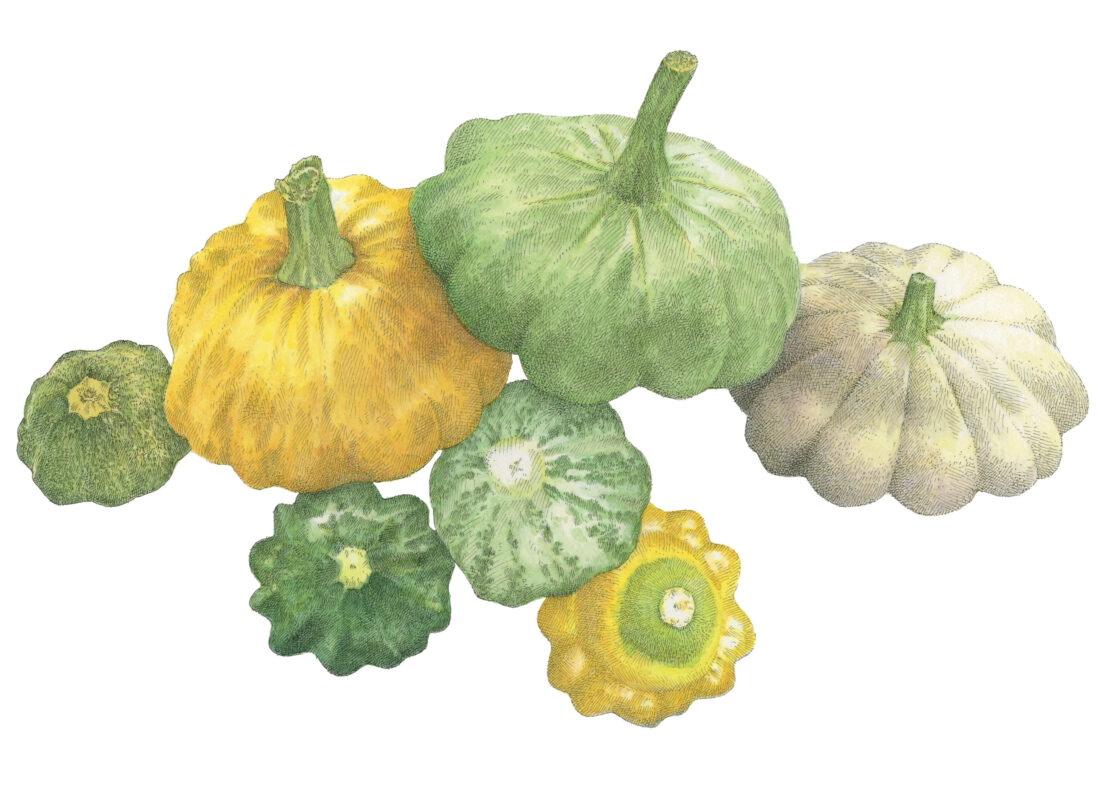The first thing Steven Satterfield noticed about the pattypan squash was, of course, its UFO-like appearance. “There were a few local farmers that were growing these varieties back in the aughts, and I was immediately curious about this flying-saucer-shaped vegetable,” says the executive chef and co-owner of Miller Union in Atlanta and the author of the recently released Vegetable Revelations: Inspiration for Produce-Forward Cooking. But as he quickly discovered, this summer squash is a standout beyond its oddball shape. Pattypans have a mild, sweet flavor that’s a little more melon-like than the typical squash or zucchini. “I find them to be a unique combination of texture, with a slightly thicker skin than zucchini or yellow squash, and a more structured flesh that’s firm when raw but yields to a delightful burst of juicy, tender flesh when cooked,” he says. While the squash was originally cultivated by Native Americans in the Northeast, it’s an easy grower and thrives in the heat and humidity of summer in the South, where the pattypan has become increasingly popular at farmers’ markets. Look for it in a variety of striking shapes and shades and patterns—from solid bright yellow to pale green with stripes to cool white. At home, Satterfield loves to simmer pattypan wedges in spicy tomato sauce, roast cut pieces with spring onion and thyme, or turn them into bread-and-butter-style pickles. But for a rustic dinner presentation—either as a side or topped with fish for a main dish—he recommends wrapping squash wedges and aromatics in parchment paper and baking them in the oven (see recipe). “I love the way the squash steams itself in the packet and melds with the citrus, leek, and fennel flavors inside,” he says. “Pattypan squash is very versatile and chameleon-like, absorbing whatever flavors it is cooked with.”









